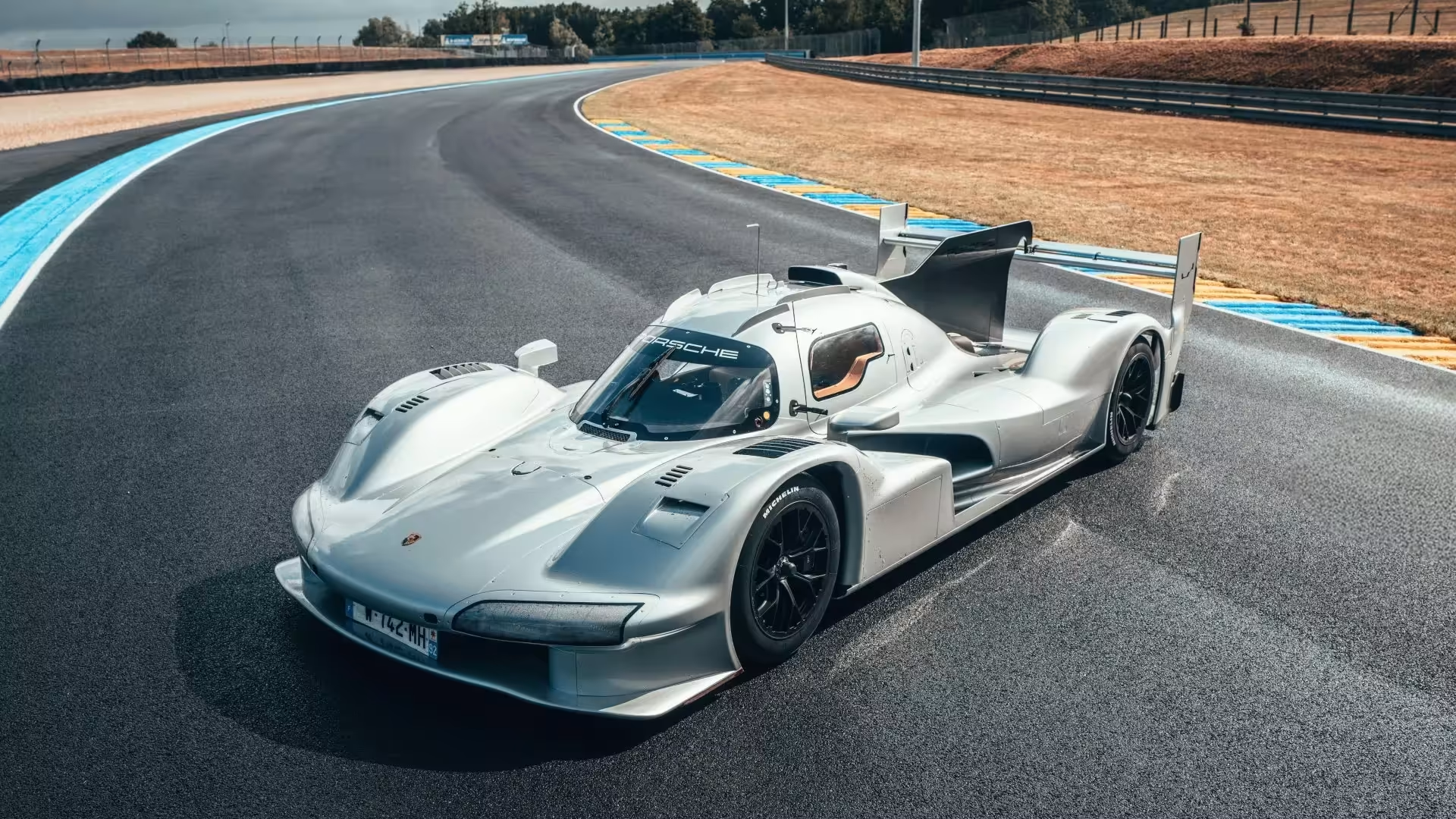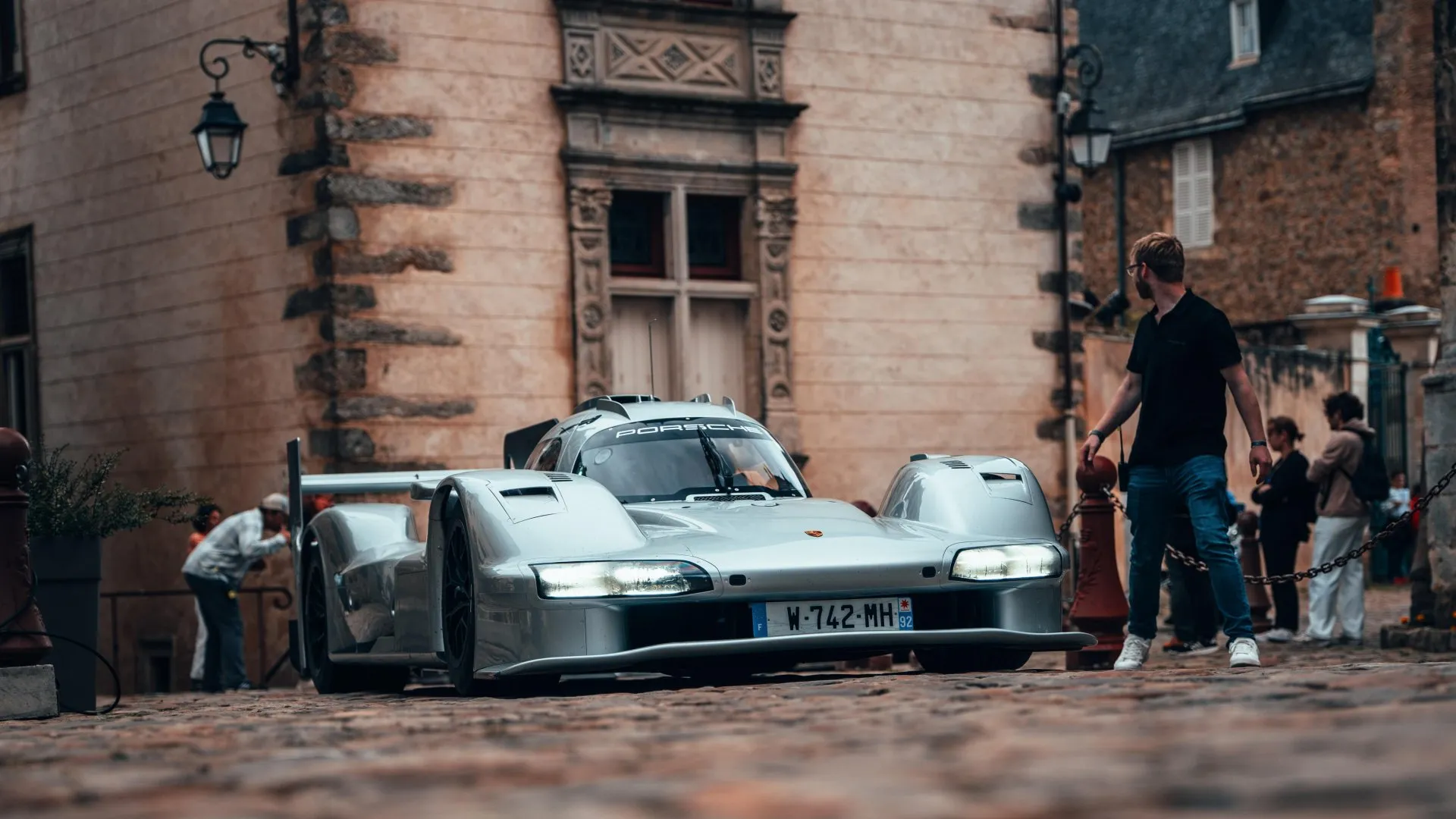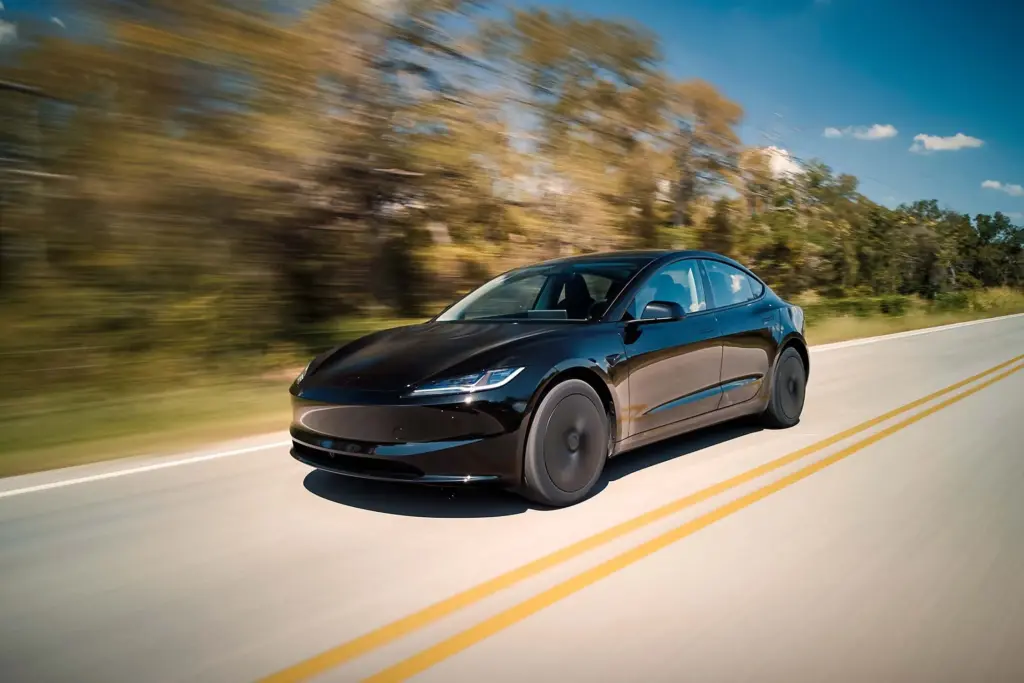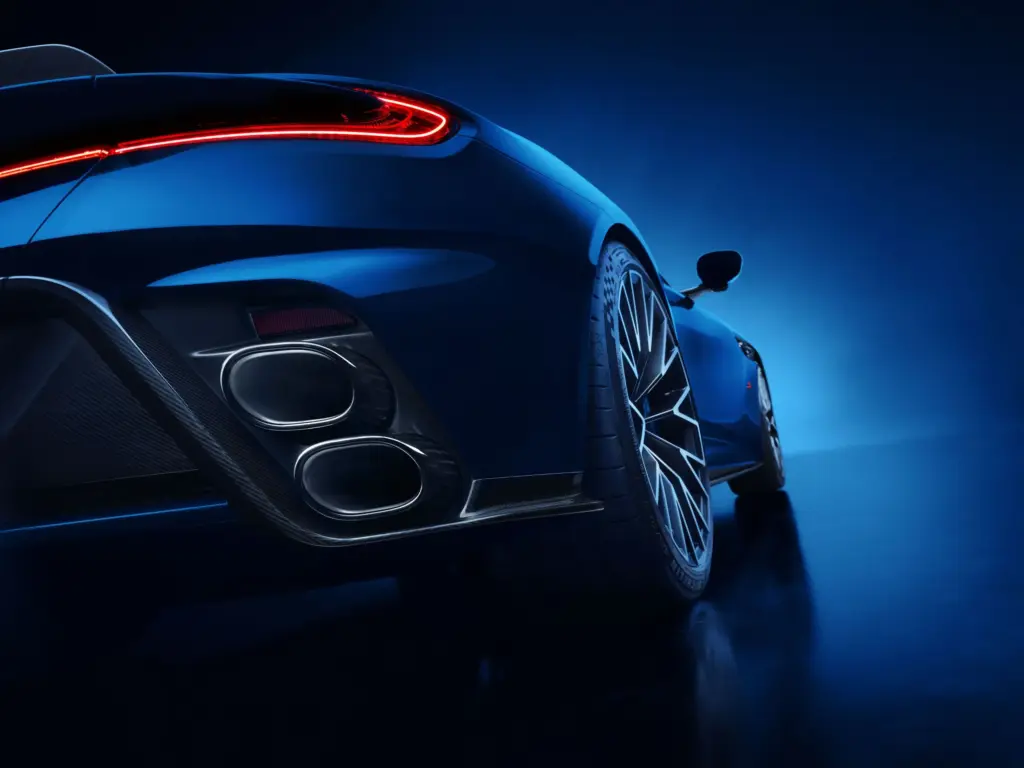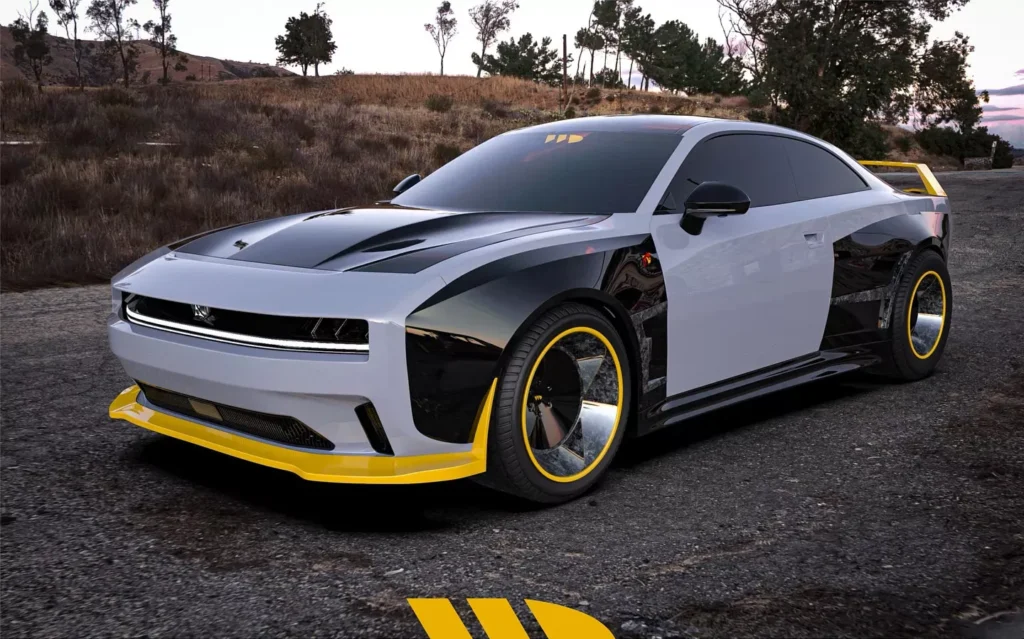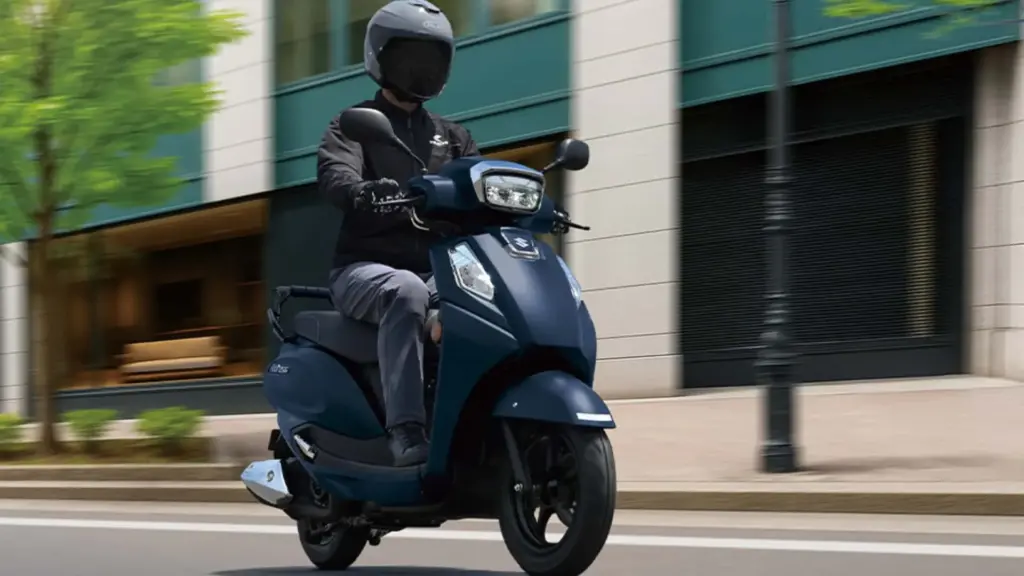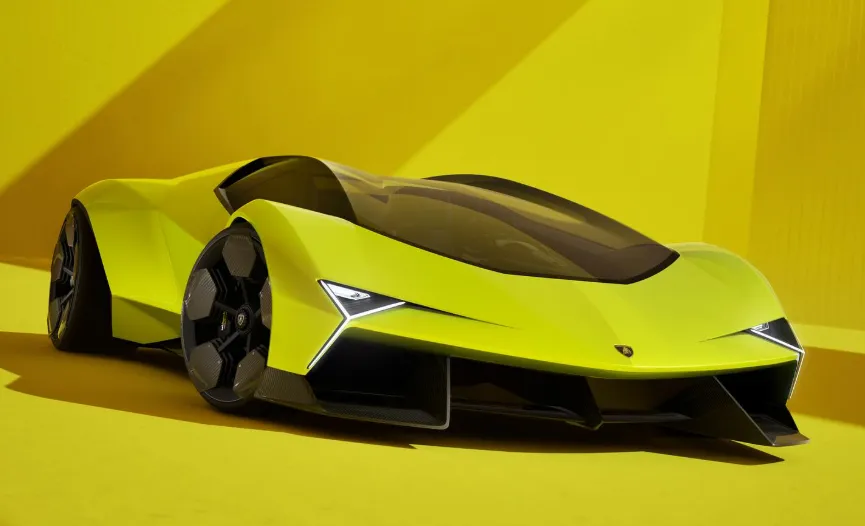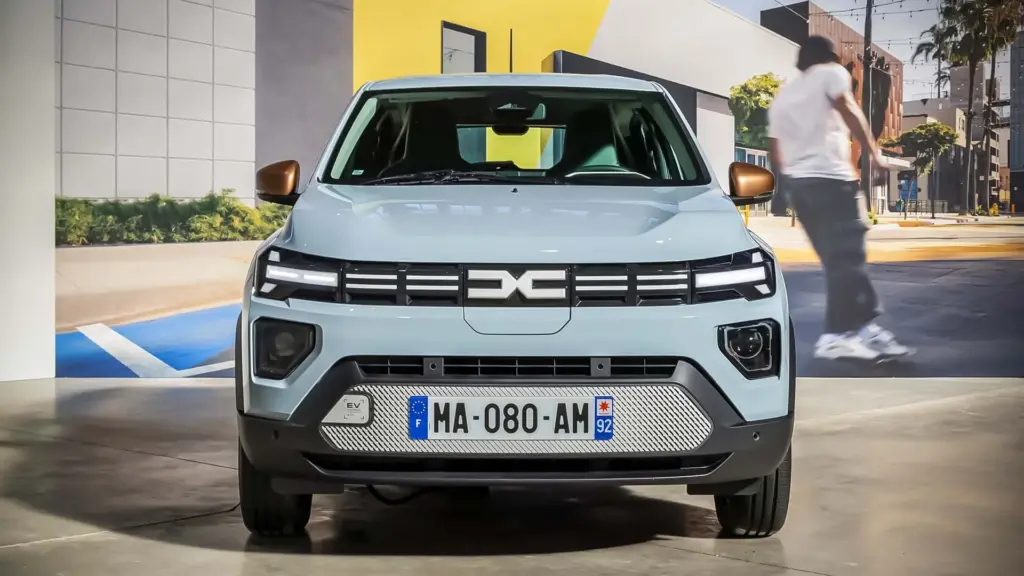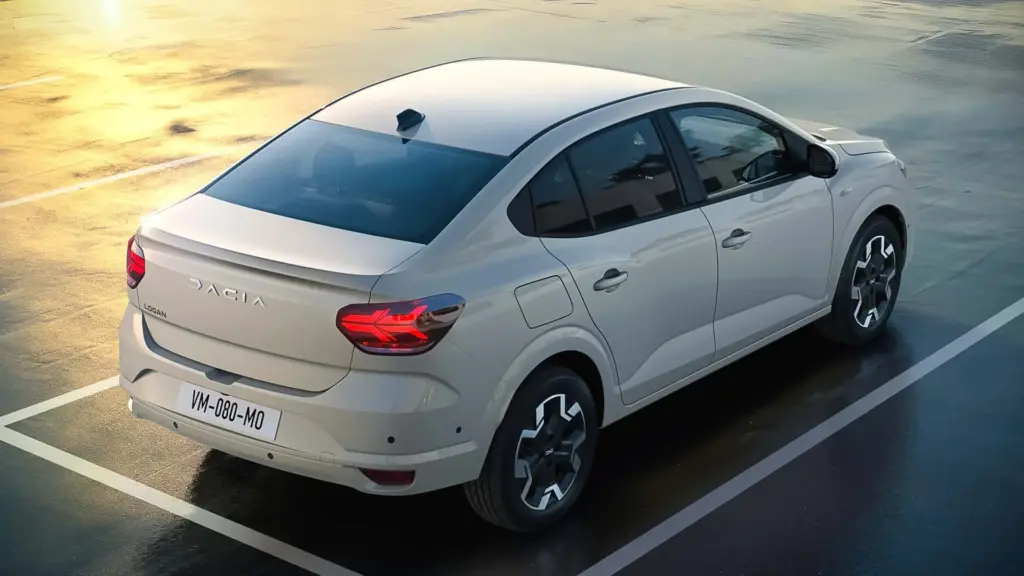Holy shit, my friends! While Porsche is gearing up for the epic 24 Hours of Le Mans battle, they decided to surprise us with something completely unexpected and, frankly, brilliant: the Porsche 963 RSP. Forget the track hypercars we only see on circuits; this beast is made to (almost) drive on the street!
Why Would Anyone Do This? The Crazy Story of the 963 RSP
It all started with a “what if?”. This simple but powerful question came from a passion project among enthusiasts at Porsche AG, Porsche Penske Motorsport, and Porsche Cars North America. The goal? To create a version of the 963 that captured the spirit and look of the legendary 917, which 50 years ago made a daring trip from Zuffenhausen to Paris on public roads.
The President and CEO of Porsche Cars North America, Timo Resch, had the original idea. He wanted to replicate the boldness from half a century ago, when a 917 race car (chassis 30), the most advanced endurance car at the time, was driven on public roads by its enigmatic owner. That story alone is legendary, inspiring the creation of this insane limited edition.
The partnership with motorsport legend Roger Penske, whose initials name the car (RSP), was crucial. Penske, with a historic relationship with Porsche since 1972, especially with the 917/30, embraced the idea of creating the most thrilling car possible while keeping the authenticity of a race car, but with the necessary adaptations for the street. It’s the kind of project that makes you think: “What the hell are they up to now?”.
From Track to Asphalt: What Changed on the Outside?
Visually, the 963 RSP stands out from its race-ready sibling. The most notable change is that it’s the first 963 to be painted rather than wrapped in decals. The chosen color is Martini Silver, a direct nod to Count Rossi’s 917. Painting an ultra-thin carbon fiber and Kevlar body was a unique challenge, but the result is spectacular.
The body modifications aren’t just cosmetic. New vents on the fenders allow air inside the wheel wells to escape, and the rear wing cover plates, mandatory on the race version, were removed. An enameled Porsche emblem was added to the nose, replacing the usual sticker—another detail borrowed from the 917. Even the Michelin rain tires used in its debut feature logos from the 1970s era. And yes, they added mounting points for license plates—after all, the idea was to take it on the street, near the Circuit de la Sarthe.
Unexpected Luxury: Inside the Le Mans Beast
If on the outside it screams “racing,” inside the 963 RSP whispers “luxury”—a very particular kind, I must admit. Inspired by the unique and untouched interior of the 1975 917, the RSP cabin blends soft tan leather and Alcantara. Far from the Spartan race cockpit, this interior is much more welcoming.
The single carbon fiber seat, which is pure functionality in the race version, here is covered in leather with padding and a fixed headrest. Believe it or not, it even has air conditioning! The roof and pillars are lined in light Alcantara, and the steering wheel, full of buttons in the race version, is now wrapped in leather. And the cherry on top? A removable 3D-printed cup holder. It’s exactly the kind of detail that makes you laugh and think: “Only a wealthy enthusiast would come up with this.” Next to the driver, there’s even a compartment for storing the Peltor headset and the laptop used to operate the car, plus Roger Penske’s custom helmet.
Subtle details, like the end plates on the ventilation system that mimic the flat-12 motor fan of the 917, show the level of attention. The doors are also covered in leather and Alcantara, with a small alloy plaque indicating the chassis number and build details. It’s a bizarre mix of cutting-edge technology and nostalgic craftsmanship.
The Racing Soul: What’s Left of the Hypercar?
Despite the street adaptations, the 963’s racing essence remains. Ride height was raised as much as possible, and the Multimatic DSSV dampers, designed for race prototypes, were tuned for a softer setup. This makes it “a bit friendlier and more forgiving” than the regular 963, according to driver Timo Bernhard, who was lucky enough to drive it on the streets.
The control unit was modified to operate turn signals and adjust the headlights for road use. The V8 hybrid powertrain, with a lithium-ion battery capable of running solely in electric mode, retained its race configuration, but the MGU’s power delivery was remapped for smoother output. The engine was also adapted to run on regular gasoline, which, believe it or not, is quite a feat for a high-performance race engine.
The 4.6-liter twin-turbo V8, with about 680 hp, has its roots in the Penske-operated RS Spyder program that dominated the LMP2 class in the American Le Mans Series between 2006 and 2008. This engine was expanded to 4.6 liters and used in the 918 Spyder, a legendary hypercar. Its flat-plane crank and short stroke architecture allow a low mounting position, optimizing the center of gravity. About 80% of the 963’s engine components are shared with the 918 Spyder, which was designed to work with a hybrid system from the start.
Crucial Differences: RSP vs. Track 963
- Painted (Martini Silver) vs. Wrapped
- Body with unique alterations (vents, no blanking plates)
- Custom leather/Alcantara interior vs. Race minimalist
- Raised ride height and softer dampers
- Remapped ECU for street lights and regular gas
- Inclusion of horn and license plate mounts
- Remapped MGU for smooth power delivery
- Cup holder and accessory panel
- Not homologated for competition (single build)
Frequently Asked Questions About the 963 RSP
- What does RSP mean in the car’s name? RSP represents the initials of Roger Penske, motorsport legend and one of the creators and “clients” of this unique project.
- Can this car be purchased? No. The Porsche 963 RSP is a one-off creation and is not part of the line of models approved for public sale.
- What is the power output of the 963 RSP? The V8 hybrid powertrain keeps the race specs, delivering approximately 680 hp combined (with the MGU contributing about 30-50 kW at peak), although the power delivery has been smoothed for road use.
- Where can I see the 963 RSP? After its Le Mans debut, the car will be displayed at the Porsche Museum in Stuttgart and at the Goodwood Festival of Speed in July.
In the end, the Porsche 963 RSP is more than a car; it’s a statement. It’s Porsche celebrating its history, its boldness, and its ability to do the impossible. Transforming a cutting-edge hypercar, designed for the relentless Le Mans battle, into something that can (with special permission from French authorities, of course) drive on the street, complete with a horn and cup holder, is simply insane—in the best way possible. It shows that even at the peak of technology and competition, there’s still room for passion, nostalgia, and a touch of glorious motorsport madness in the racing DNA. Projects like this, and other bold concept builds, remind us that cars are more than machines—they are dreams on wheels.
And you, what do you think of Porsche’s madness? Leave your comment and share your opinion!
Author: Fabio Isidoro
Founder and editor-in-chief of Canal Carro, he dedicates himself to exploring the automotive universe with depth and passion. A car and technology enthusiast, he produces technical content and in-depth analyses of national and international vehicles, combining quality information with a critical eye for the public.

